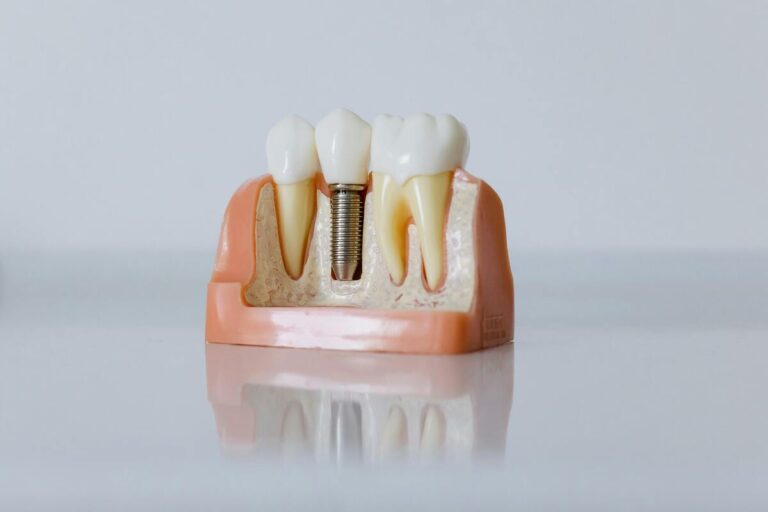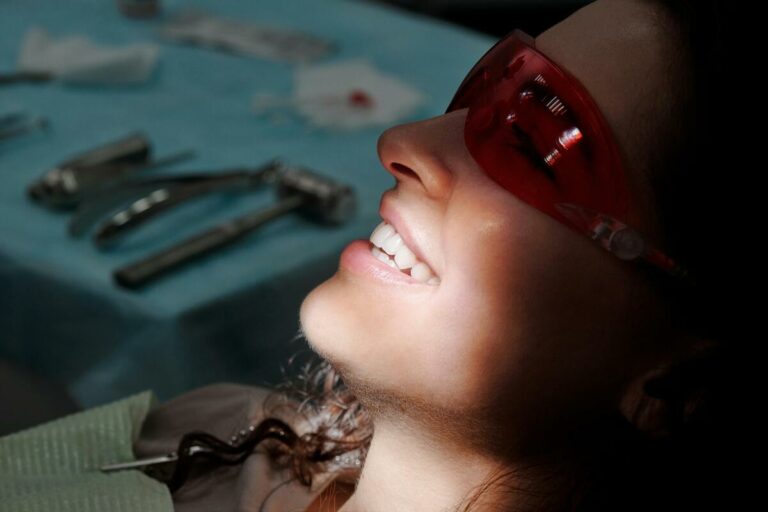Dental Crowns and Bridges Staten Island: Restore Your Smile with Expert Care
When you’re dealing with damaged or missing teeth, dental crowns and bridges offer proven solutions to restore both function and appearance. Dental crowns are cap-like restorations that cover damaged teeth, while dental bridges span the gap where teeth are missing, using adjacent teeth for support. These treatments can dramatically improve your smile, protect weakened teeth, and restore natural chewing function.
At our Staten Island dental practice, we see patients every day who benefit from these versatile restorative treatments. Whether you’re dealing with a cracked tooth, large filling, or missing teeth, crowns and bridges provide durable, natural-looking solutions that can last 10-15 years with proper care.
The key difference lies in their purpose: crowns protect and strengthen individual damaged teeth, while bridges replace one or more missing teeth by connecting to neighboring teeth. Both options use high-quality materials like porcelain, ceramic, or zirconia to match your natural teeth perfectly.
What Are Dental Crowns and Bridges?
Understanding these restorative options helps you make informed decisions about your dental health. Both crowns and bridges serve as permanent solutions for common dental problems, but they address different situations.
How Dental Crowns Protect Damaged Teeth
A dental crown acts like a protective helmet for your tooth. When decay, cracks, or large fillings compromise a tooth’s structure, a crown covers the entire visible portion above the gum line. This restoration protects the remaining tooth structure while restoring its original shape and function.
Crowns become necessary when:
- Large cavities weaken the tooth structure
- Root canal treatment requires protection
- Teeth crack or fracture from injury or grinding
- Old fillings fail and need replacement
- Cosmetic improvements are desired
The crown essentially becomes your new tooth surface, handling all the pressure from chewing and speaking while protecting the natural tooth underneath.
How Dental Bridges Replace Missing Teeth
Dental bridges literally “bridge” the gap where teeth are missing. A bridge consists of artificial teeth (pontics) anchored to crowns placed on adjacent teeth. This creates a continuous restoration that fills the empty space and prevents surrounding teeth from shifting.
Traditional bridges require preparing the teeth on either side of the gap to support the restoration. The bridge then connects these anchor points with the replacement tooth or teeth in between, creating a stable, permanent solution for missing teeth.
5 Key Benefits of Crowns and Bridges
These restorative treatments offer significant advantages beyond just improving your appearance. Understanding these benefits helps you appreciate why dentists recommend crowns and bridges for long-term oral health.
Restore Natural Chewing Function
Missing or severely damaged teeth make eating difficult and uncomfortable. Crowns and bridges return your bite to normal function, allowing you to enjoy all your favorite foods again. This restoration of chewing ability also improves digestion, as proper chewing is the first step in breaking down food.
Research shows that dental bridges demonstrate a 96.4% yearly survival rate, providing reliable restoration of chewing function over many years.
Prevent Further Tooth Damage
Damaged teeth often continue deteriorating without protection. Crowns stop this progression by sealing out bacteria and providing structural support. Similarly, missing teeth cause adjacent teeth to shift and tilt, creating bite problems and increased wear on remaining teeth.
Bridges maintain proper spacing and prevent this harmful tooth movement, protecting your entire smile from future complications.
Maintain Facial Structure and Bite Alignment
Missing teeth cause facial sagging and premature aging as your jaw structure changes. Bridges maintain facial height and support, preserving your natural appearance. They also maintain proper bite alignment, preventing jaw joint problems and muscle tension that can develop when teeth are missing.
Crowns restore damaged teeth to their original dimensions, ensuring your bite remains balanced and comfortable.
Crown and Bridge Materials: Porcelain, Ceramic, and Zirconia Options
Modern dental materials offer excellent durability and natural appearance. Understanding your options helps you choose the best material for your specific needs and budget.
Why Choose Metal-Free Restorations
Metal-free crowns and bridges eliminate concerns about dark lines at the gum line and provide superior aesthetics. These materials also offer better biocompatibility, reducing the risk of allergic reactions or sensitivity that some patients experience with metal restorations.
Porcelain, ceramic, and zirconia all bond well to tooth structure and resist staining better than some older materials. They also expand and contract with temperature changes similarly to natural teeth, reducing stress on the restoration.
Porcelain vs. Ceramic vs. Zirconia: Which Is Best for You?
Each material offers distinct advantages:
Porcelain crowns and bridges provide excellent aesthetics with translucency that closely mimics natural tooth enamel. They’re ideal for front teeth where appearance is paramount and work well for moderate chewing forces.
Ceramic restorations offer a balance of strength and beauty, suitable for most applications. They resist chipping and provide good durability for both front and back teeth.
Zirconia offers superior strength and durability, making it excellent for back teeth that endure heavy chewing forces. Modern zirconia also provides good aesthetics, though it’s slightly more opaque than porcelain.
At our practice, we help you select the ideal material based on the tooth location, your bite forces, aesthetic preferences, and budget considerations.
The Crown and Bridge Procedure: What to Expect
Understanding the treatment process helps reduce anxiety and ensures you’re prepared for each appointment. Most crown and bridge procedures follow a predictable timeline with comfortable, manageable steps.
Your First Appointment: Preparation and Impressions
Your initial visit involves preparing the teeth and taking detailed impressions. We begin with local anesthesia to ensure your comfort throughout the procedure. For crowns, we carefully reshape the tooth to accommodate the restoration thickness. For bridges, we prepare the supporting teeth on either side of the gap.
After preparation, we take precise impressions that capture every detail of your teeth and bite. These impressions guide our dental laboratory in creating your custom restoration. Digital impressions using advanced scanning technology make this process more comfortable and accurate than traditional impression materials.
Temporary Restoration and Healing Period
We place temporary crowns or bridges to protect your prepared teeth while your permanent restoration is being crafted. These temporaries maintain your appearance and function, though you’ll need to avoid very hard or sticky foods.
The laboratory phase typically takes 2-3 weeks to complete your custom restoration. During this time, any sensitivity usually diminishes as your teeth adjust to their new shape.
Final Placement and Adjustment
At your final appointment, we remove the temporaries and carefully fit your new crowns or bridges. We check the fit, bite, and appearance before permanently cementing the restoration. Minor adjustments ensure optimal comfort and function.
This appointment usually takes about an hour, and you can return to normal eating habits immediately after the cementing process is complete.
Should You Choose a Crown or Bridge?
The decision between crowns and bridges depends on your specific dental situation. Understanding when each treatment is most appropriate helps you make the best choice for your oral health.
When Dental Crowns Are the Best Solution
Crowns work best when you have a damaged tooth that can be saved with proper protection. If your tooth has good root structure but compromised crown portion, a crown restoration can provide many more years of function.
Consider crowns when you have:
- Large fillings that are failing or at risk
- Teeth with significant decay but healthy roots
- Cracked or fractured teeth
- Teeth that need root canal treatment
- Cosmetic concerns with front teeth
Crowns preserve your natural tooth root, which maintains proper jaw bone stimulation and provides the most conservative treatment approach.
When Dental Bridges Are Recommended
Bridges are ideal when you have missing teeth and healthy adjacent teeth that can support the restoration. This treatment works particularly well when the neighboring teeth also need crowns or have large fillings.
Bridges make sense when:
- You’re missing one to three consecutive teeth
- Adjacent teeth are strong enough to support the bridge
- You prefer a fixed (non-removable) solution
- Dental implants aren’t suitable for your situation
- You want faster treatment than implant placement requires
The choice often comes down to preserving healthy tooth structure versus achieving optimal function and longevity.
Dental Crown and Bridge Costs in Staten Island
Understanding the investment in your dental health helps you plan for treatment and explore available options. Costs vary based on materials, complexity, and individual treatment needs.
Insurance Coverage for Crowns and Bridges
Most dental insurance plans cover 50-80% of crown and bridge costs when treatment is medically necessary. Coverage typically depends on your plan’s annual maximum and whether you’ve met your deductible.
In Staten Island, dental crowns typically range from $800-$1,700 per tooth, while bridges cost approximately $1,200-$1,400 per tooth. These ranges reflect different materials and complexity levels.
We work directly with most insurance providers to maximize your benefits and provide accurate cost estimates before beginning treatment.
Financing Options for Your Treatment
We offer flexible payment plans to make quality dental care accessible regardless of your budget. Options include:
- Interest-free payment plans for qualified patients
- Third-party financing through CareCredit and similar programs
- Discounts for cash payments
- Family plan pricing for multiple treatments
Our goal is ensuring you receive the dental care you need without financial stress affecting your treatment decisions.
Caring for Your Crowns and Bridges
Proper maintenance extends the life of your restorations and protects your investment in your smile. With good care, crowns and bridges typically last 10-15 years or longer.
Daily Maintenance Tips
Treat your crowns and bridges like natural teeth with consistent daily care:
- Brush twice daily with fluoride toothpaste
- Floss daily, using special bridge flossers for bridges
- Use an antibacterial mouth rinse to reduce plaque buildup
- Avoid chewing ice, hard candies, or using teeth as tools
- Wear a night guard if you grind your teeth
Regular professional cleanings every six months help detect any issues early and maintain the health of your supporting teeth and gums.
How Long Do Crowns and Bridges Last?
Research indicates dental crowns last 10-15 years with proper care, while bridges show excellent survival rates with 96.4% yearly success. Factors affecting longevity include:
- Quality of daily oral hygiene
- Regular dental checkups and cleanings
- Avoiding harmful habits like teeth grinding
- Overall health and medication effects
- Original tooth and gum condition
Many patients enjoy their crowns and bridges for 20 years or more when they maintain excellent oral health and follow professional recommendations.
Restore Your Smile with Expert Crown and Bridge Care
Dental crowns and bridges offer proven solutions for damaged and missing teeth, providing both functional restoration and aesthetic improvement. These treatments protect your oral health while giving you confidence in your smile. With proper care and regular dental visits, your investment in crowns and bridges can serve you well for decades.







